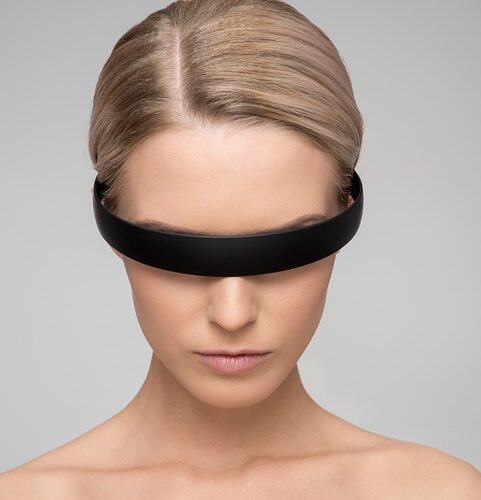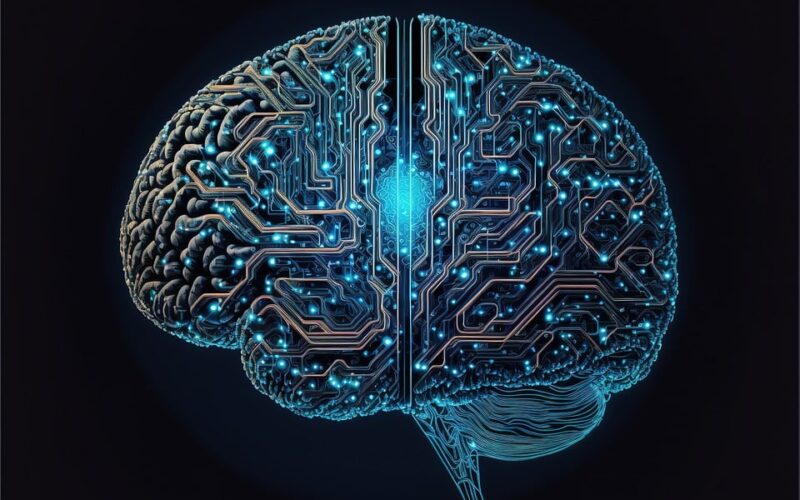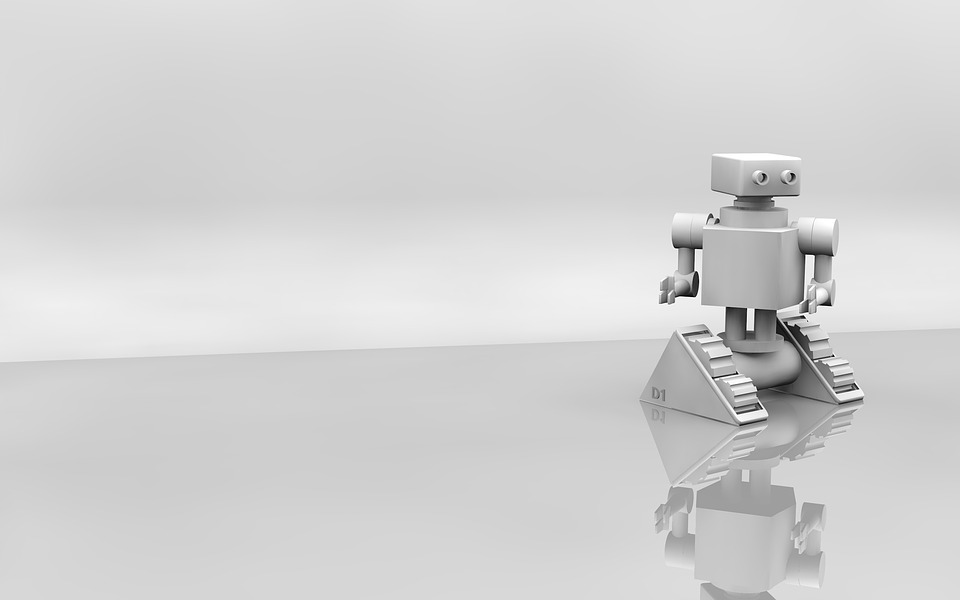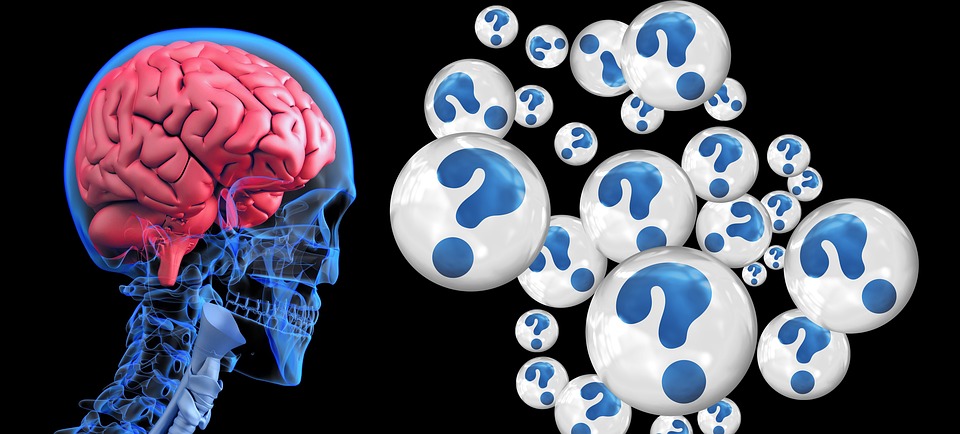The Intersection of Technology and Creativity: A Deep Dive into AI Art
In recent years, the world of art has been greatly impacted by advances in technology, particularly in the realm of artificial intelligence (AI). The merging of technology and creativity has given rise to a new genre of art known as AI art, where machines are programmed to create artworks that can rival those of human artists. This has sparked a debate within the artistic community about the role of AI in the creative process and its potential impact on the future of art.
What is AI Art?
AI art is a form of art created using artificial intelligence algorithms and machine learning techniques. These algorithms analyze vast amounts of data, such as images, texts, and music, to learn patterns and styles that can be used to generate new artworks. Through the use of deep learning and neural networks, AI can produce original pieces of art that mimic the style of famous artists or create entirely new and unique works.
One of the most well-known examples of AI art is the work of the French collective Obvious, who trained a neural network to create a portrait that sold at auction for $432,500 in 2018. This groundbreaking sale sparked a renewed interest in AI art and raised questions about the value of machine-generated artworks in the art market.
The Intersection of Technology and Creativity
The intersection of technology and creativity has led to new possibilities in the world of art, allowing artists to explore new techniques and mediums that were previously unattainable. AI art has opened up a whole new realm of creative expression, where the boundaries of human imagination can be pushed to new heights with the help of machines.
Some artists embrace AI as a tool to aid in their creative process, using algorithms to generate new ideas and explore new styles. Others see AI as a threat to traditional artistic practices, fearing that machines will replace human artists altogether. However, the reality is that AI art is not meant to replace human creativity, but rather to complement it and push the boundaries of what is possible in the world of art.
The Role of AI in the Creative Process
AI has the potential to revolutionize the creative process, providing artists with new tools and techniques to enhance their work. By using machine learning algorithms, artists can explore new styles, experiment with different mediums, and generate ideas that they may not have thought of on their own. AI can also help artists overcome creative blocks and spark new inspiration by offering fresh perspectives and insights.
However, the use of AI in the creative process also raises ethical questions about the role of machines in artistic expression. Can AI truly be considered creative, or is it simply mimicking human creativity? How do we define the value of AI-generated artworks in relation to traditional art forms? These are complex questions that the artistic community continues to grapple with as AI art gains popularity.
The Future of AI Art
As AI technology continues to evolve, the future of AI art looks promising, with new advancements in neural networks and deep learning enabling machines to create even more sophisticated and lifelike artworks. Artists and technologists are experimenting with AI to explore new forms of expression and push the boundaries of what is possible in the world of art.
Some critics argue that AI art lacks the emotional depth and human touch that is inherent in traditional art forms, while others see AI as a valuable tool for expanding the possibilities of creative expression. Ultimately, the future of AI art will depend on how artists and technologists collaborate to harness the power of AI in a way that enhances, rather than replaces, human creativity.
FAQs:
Q: Can AI truly be considered creative?
A: While AI can generate artworks that mimic human creativity, the question of whether AI itself can be considered creative is subjective. Some argue that creativity is a uniquely human trait that cannot be replicated by machines, while others believe that AI has the potential to create truly original and innovative works of art.
Q: How do we define the value of AI-generated artworks?
A: The value of AI-generated artworks is still a topic of debate within the art world. Factors such as the uniqueness of the artwork, the complexity of the algorithm used to create it, and the reputation of the artist or collective behind the artwork all play a role in determining its value.
Q: Will AI eventually replace human artists?
A: While AI has the potential to assist and enhance the creative process, it is unlikely that machines will completely replace human artists. Creativity is a complex and multi-faceted human trait that is deeply rooted in emotion, intuition, and experience, making it difficult for machines to replicate the full spectrum of human creativity.
Q: What impact will AI art have on the future of the art market?
A: AI art has the potential to disrupt the traditional art market by introducing new forms of artistic expression and challenging the boundaries of what is considered art. The rise of AI art has already sparked a renewed interest in machine-generated artworks, with collectors and galleries increasingly embracing this new genre of art.










